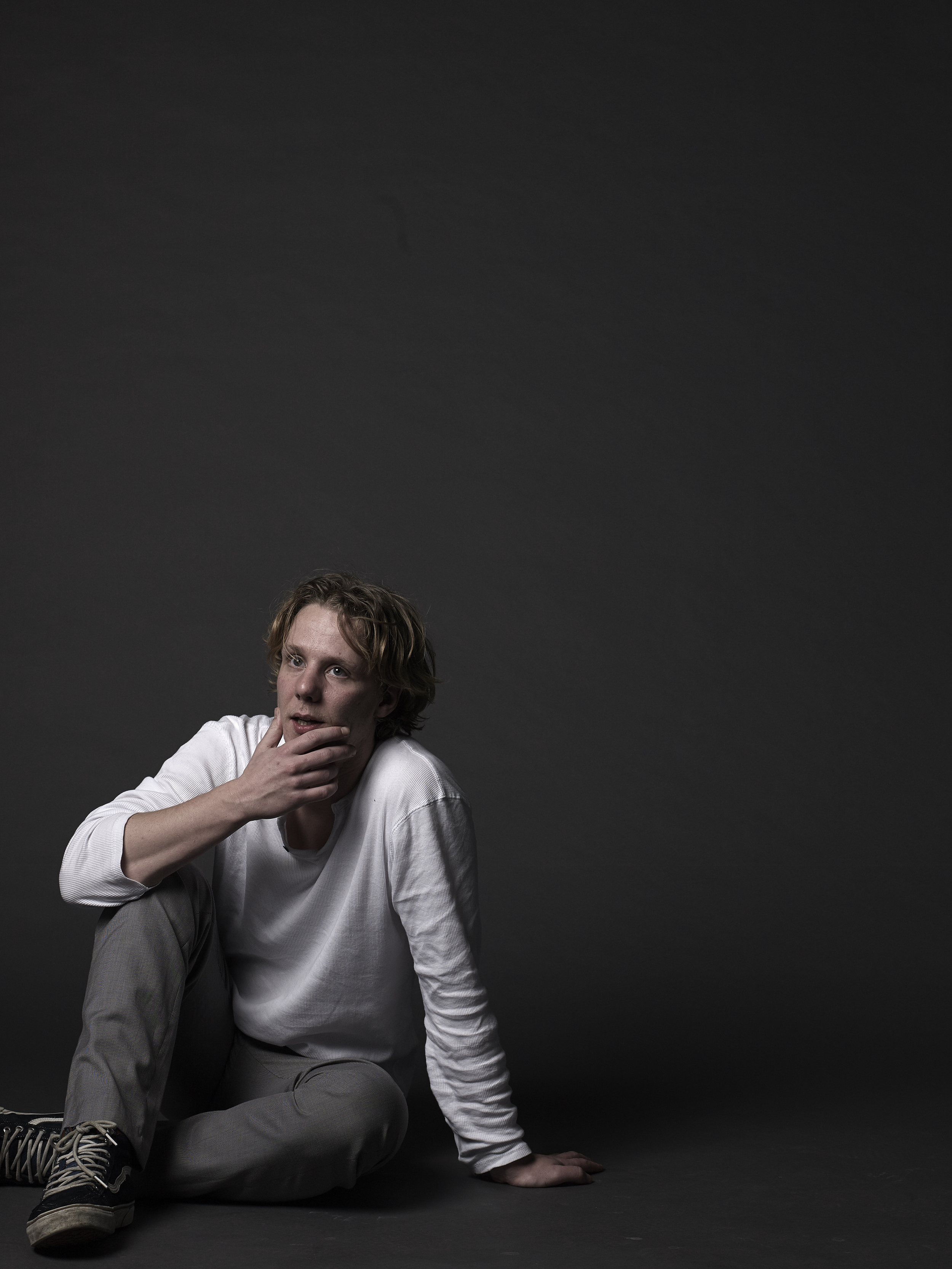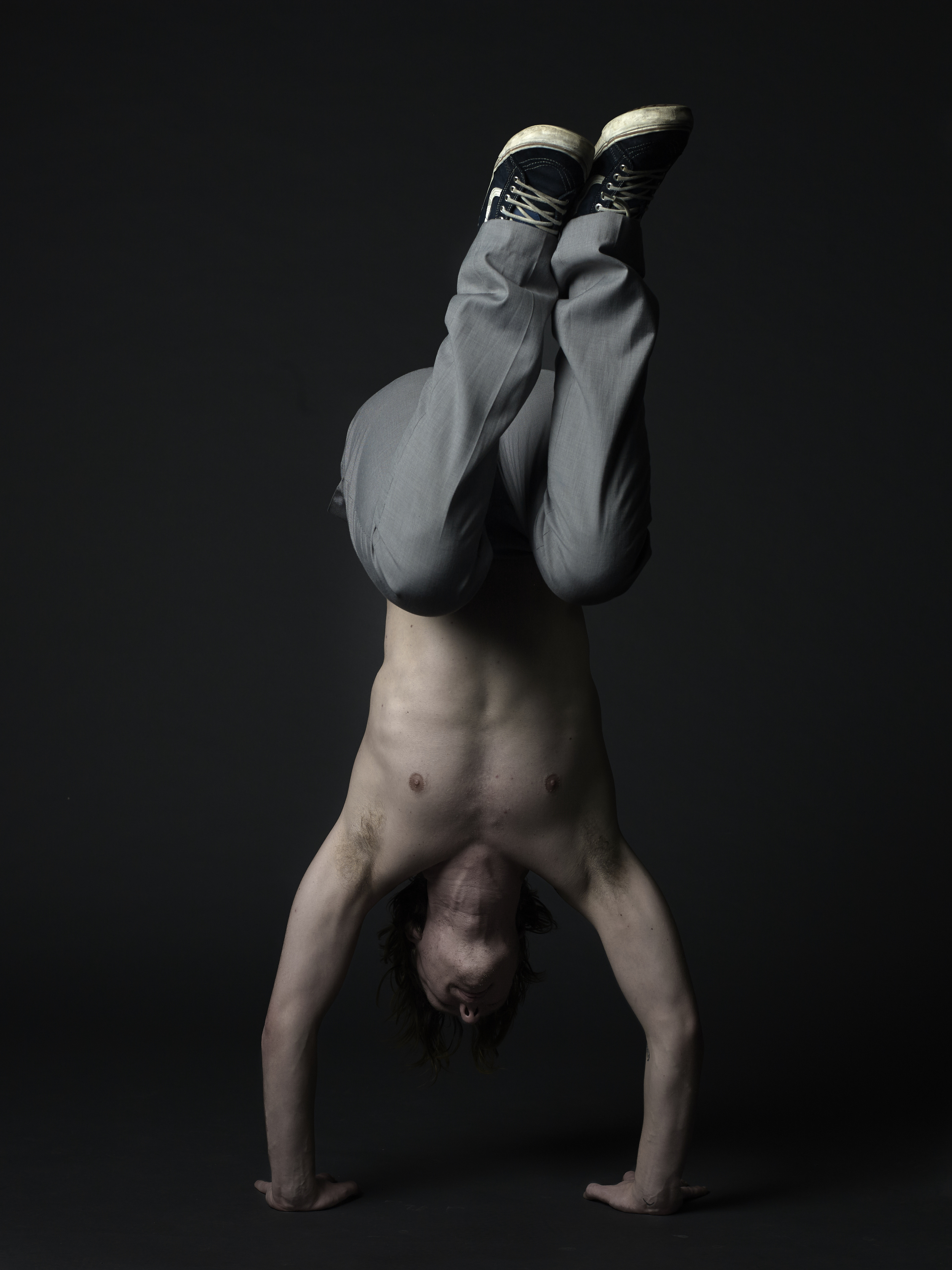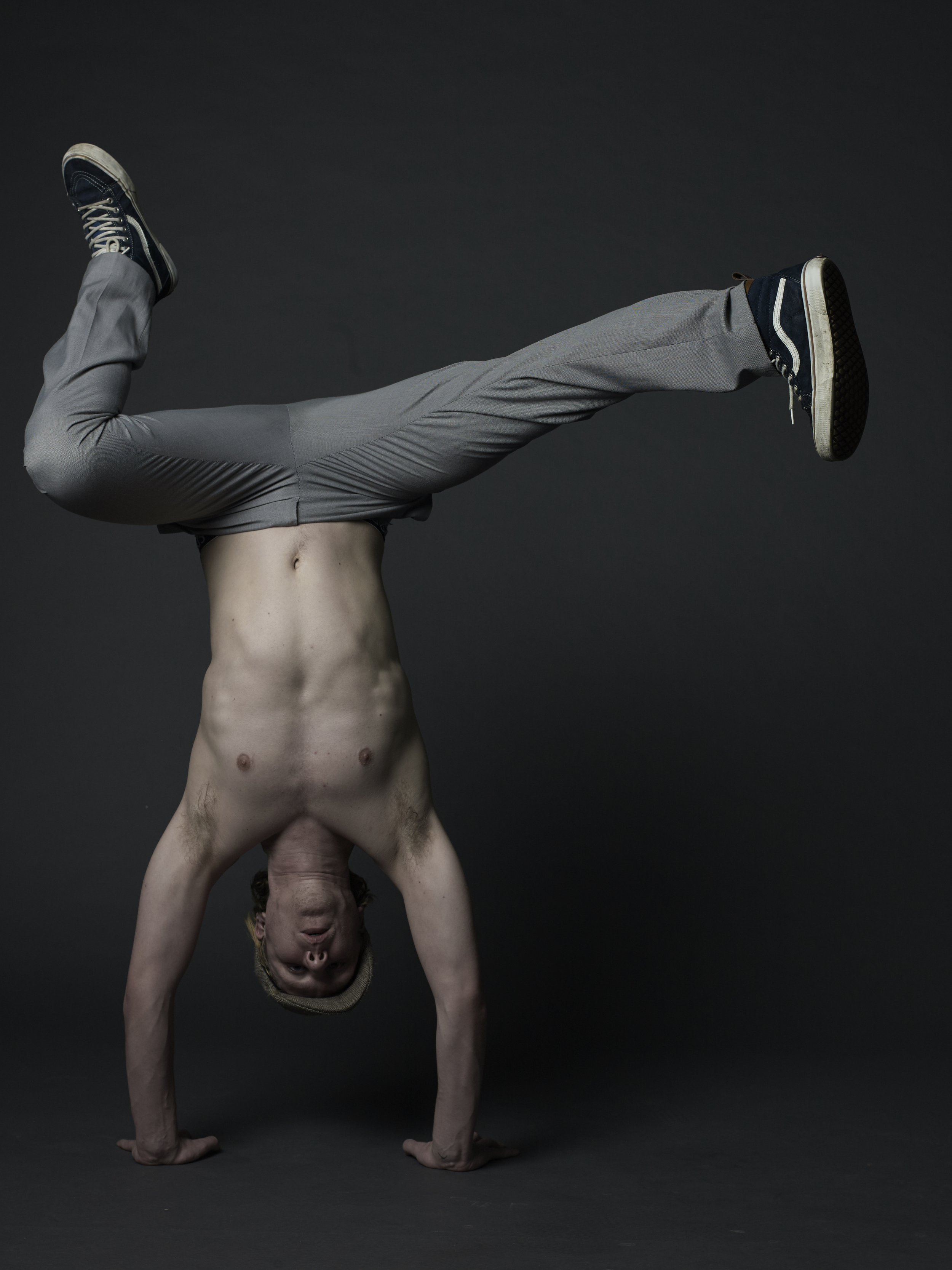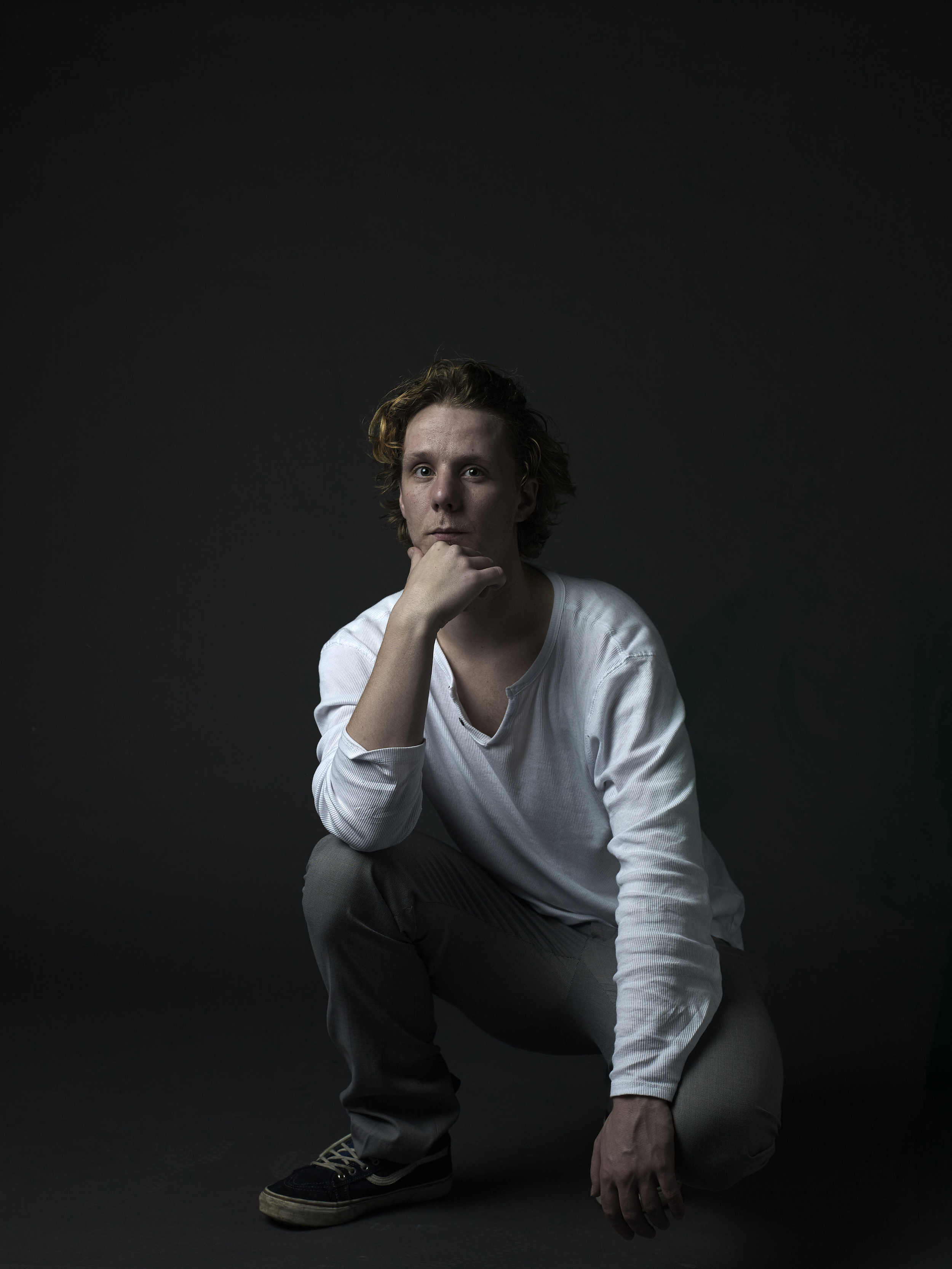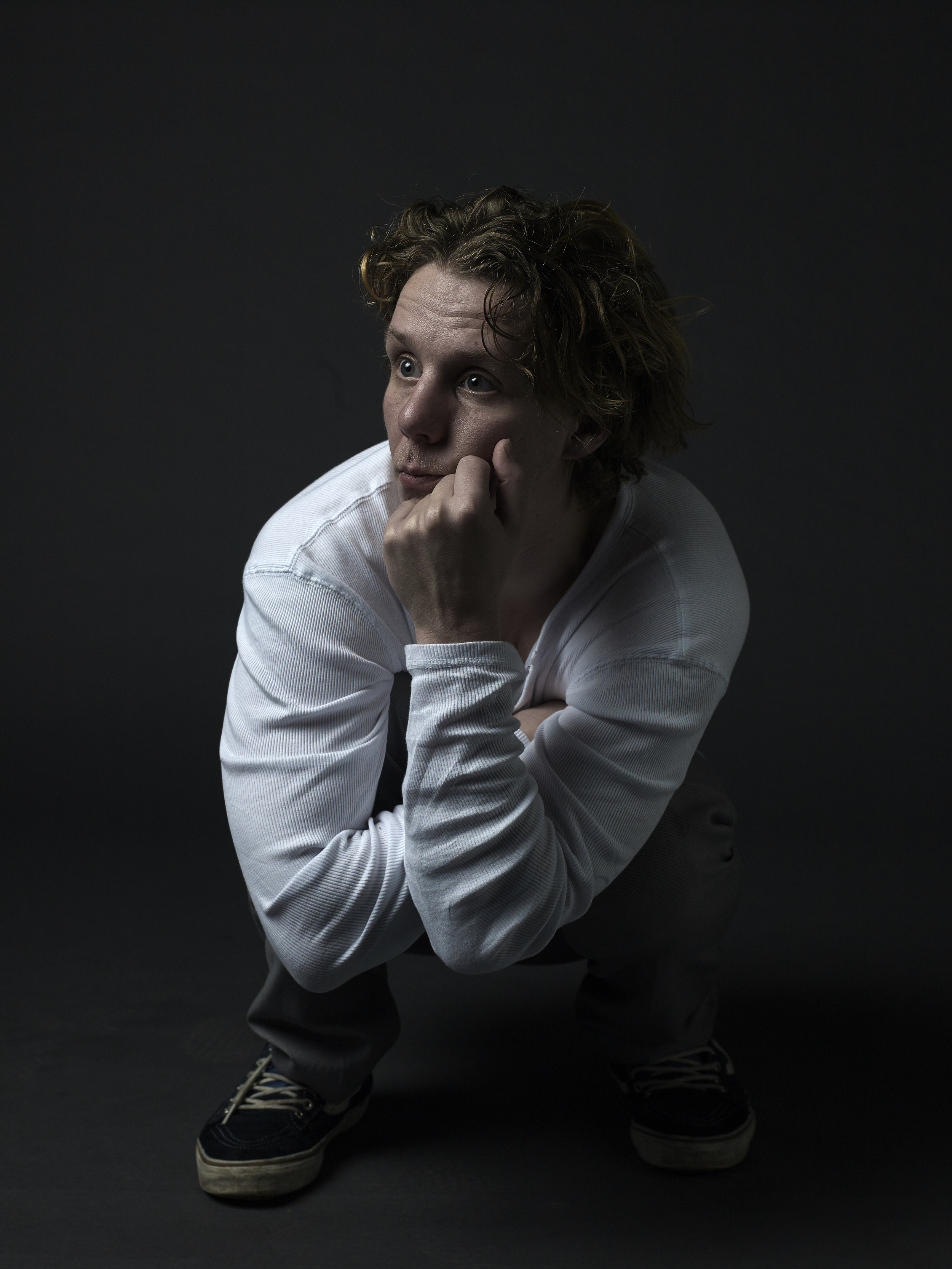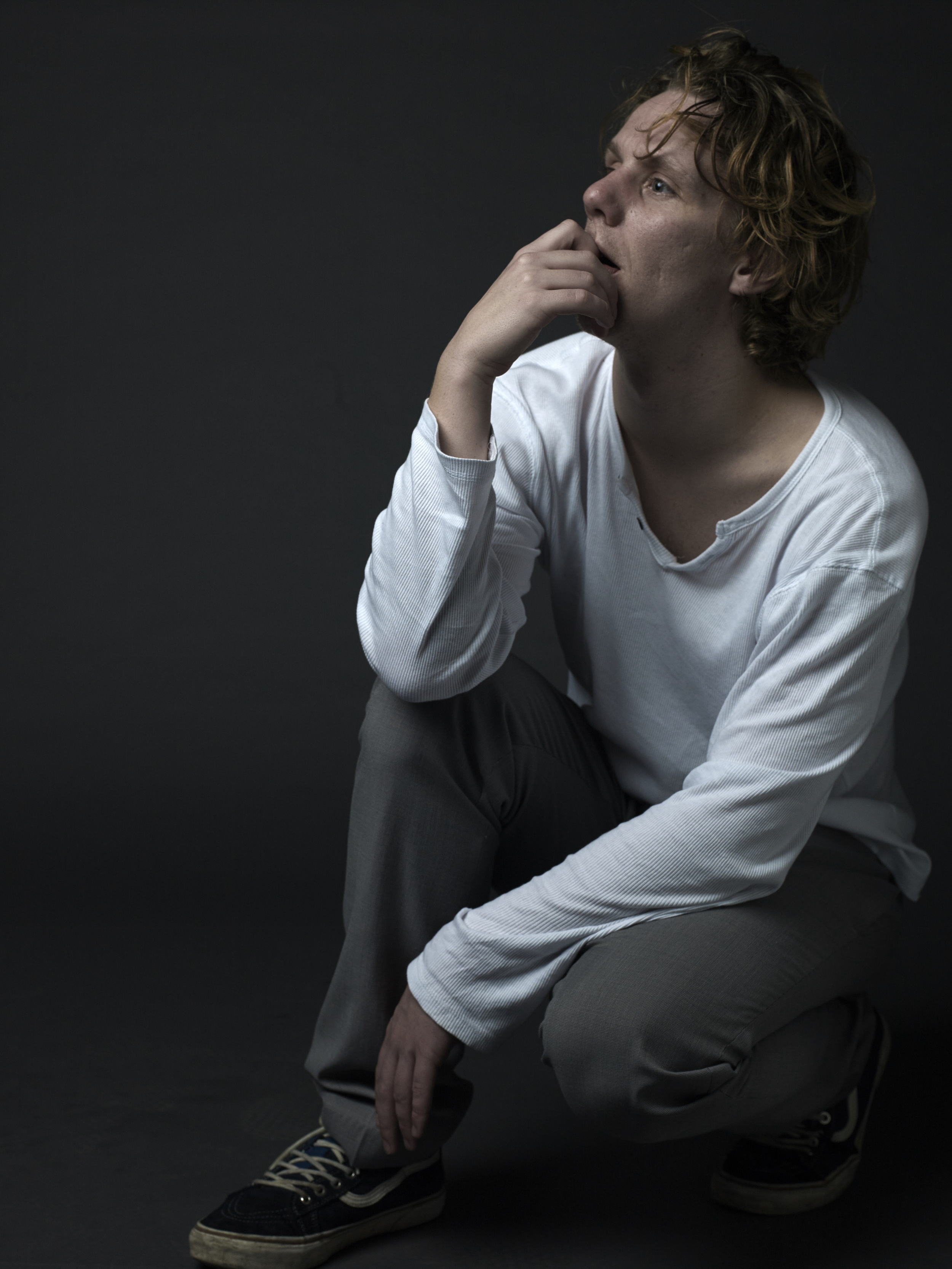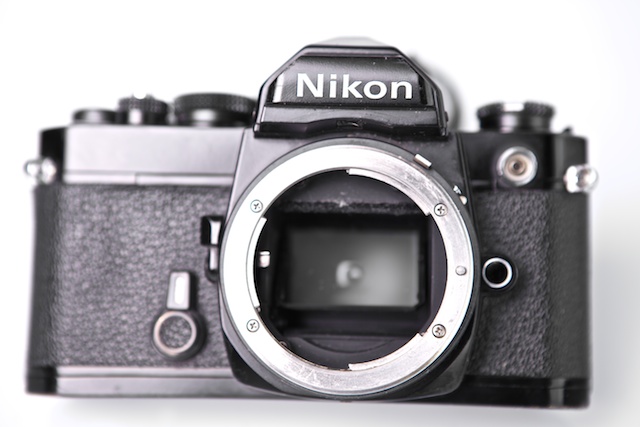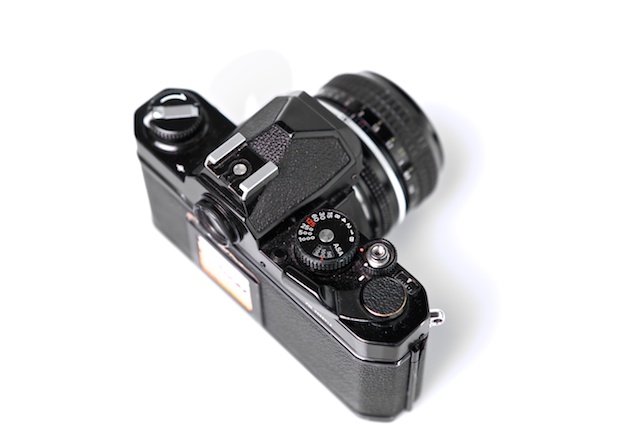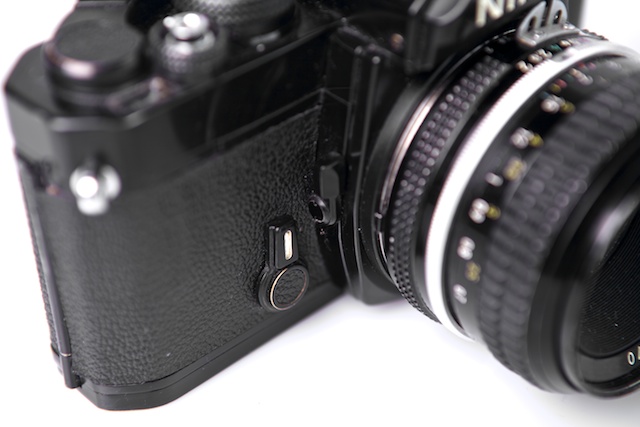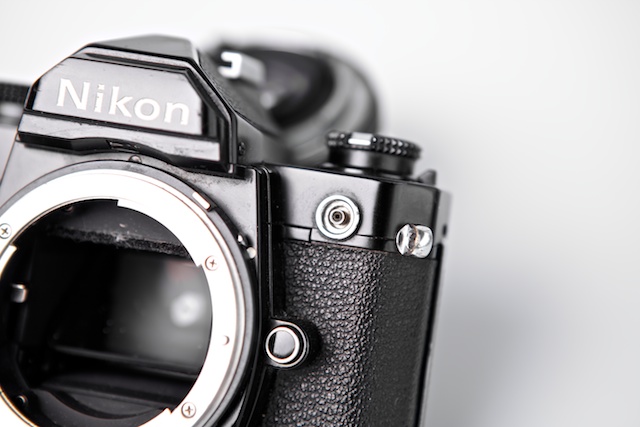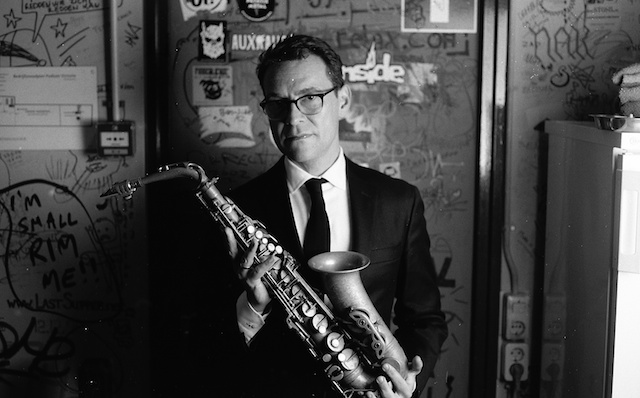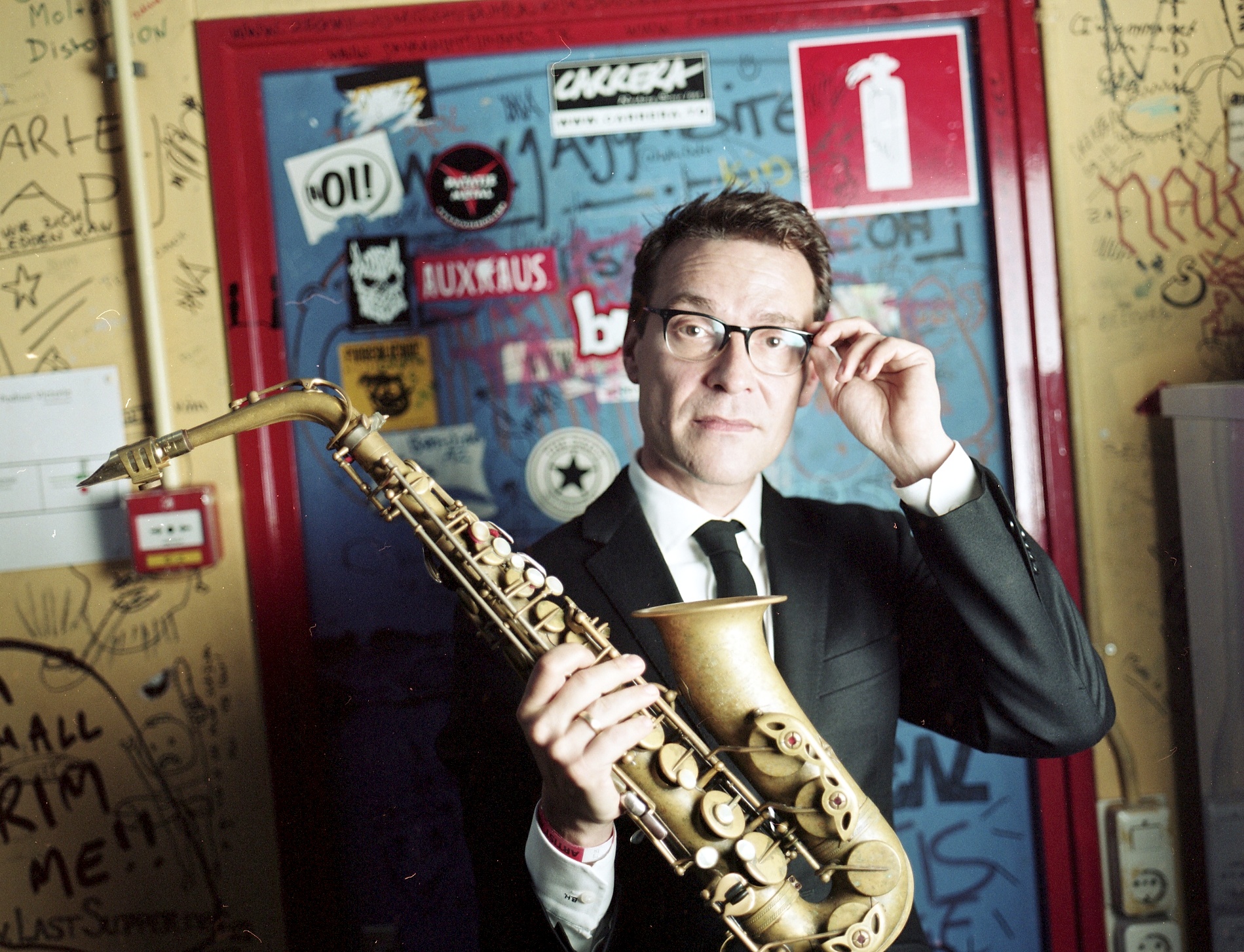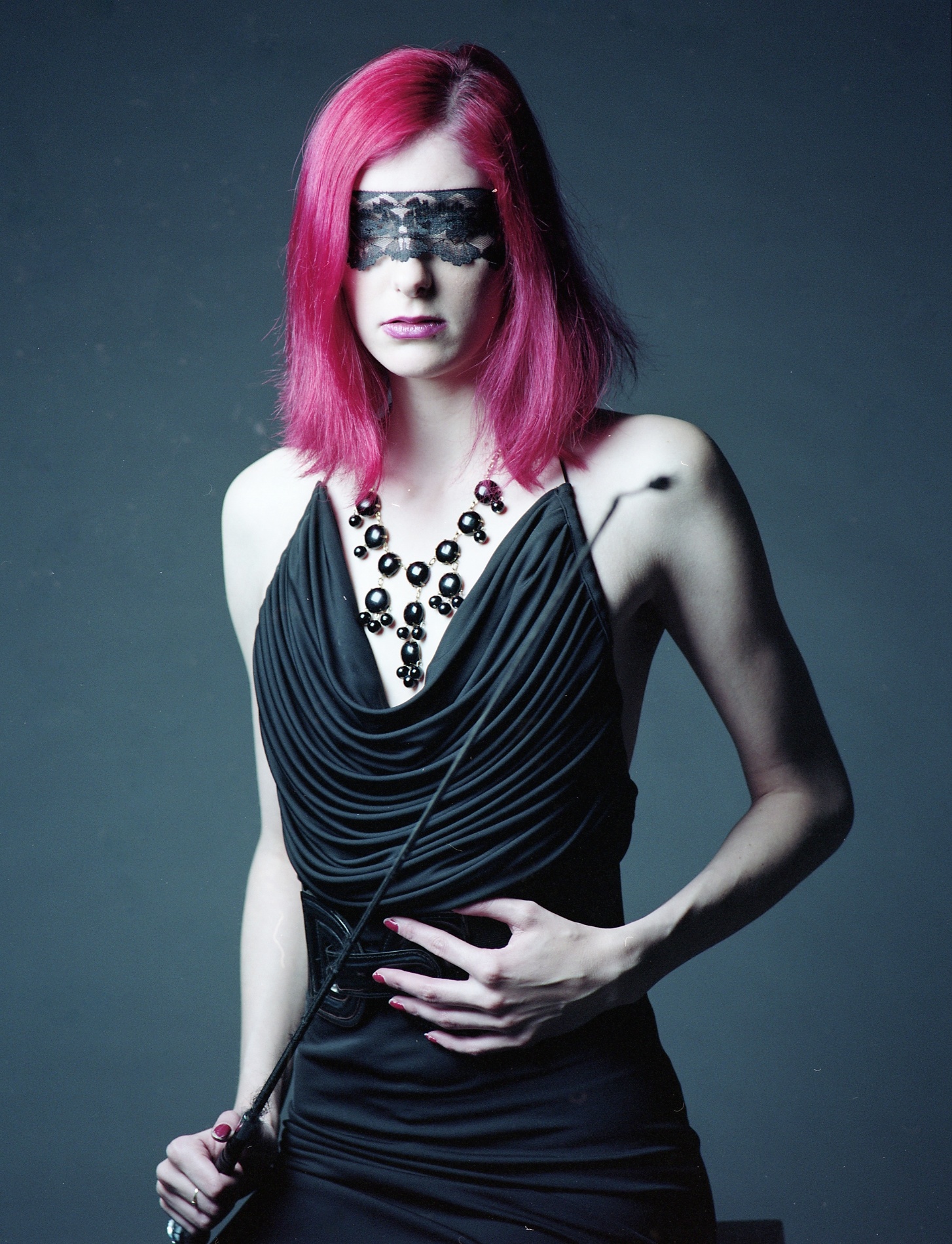Review: Hasselblad 500c/m with a Phase One P30+ Digital Back
Last week I had a Phase One P30+ digital back on loan from the people of Eyes on Media Amsterdam. To start, I love working with my analog Hasselblad 500c/m camera and a Carl Zeiss 80mm 2.8 lens. But the only downfall is the speed, and not the working speed, but the time before you have your work back. So I started looking for a digital back. Since they are quite expensive (over 8k) I was glad I could loan one from Eyes on Media.
Shot with: Hasselblad 500c/m and Phase One P30+ ISO 100, 1/200 at f11
The P30+ Back
First for the spec lovers, the Phase One P30+ Was released in 2007 and has a 31.6mp, 16-bit sensor with a 100-1600 ISO range. It has a 1.25x crop factor which makes 60mm eqv on 35mm. Storage can be on a CF card or done by Firewire directly to your computer using Phase Ones Capture One. The back has a 2.2-inch 230,000px TFT display. To connect the display with the camera you need to plug a cord between the lens and the P30+ back. The V-mount back is also designed to have a seamless fit with the design of the Hasselblad 500c/m, but not as beautiful as the Hasselblad CFV-50c. Another nice thing is that you can turn the back 90 degrees to portrait mode.
Working with the Phase One P30+ back
Working with the Phase One P30+ Digital back is pretty easy, it has only5 buttons. I am not going to explain all the buttons, but believe me if I say they work intuitively.
I did two sessions with the back, the first was on location, but I didn't like the images. That was not the P30+ backs fold! I used a new Hasselblad 500c/m (another one then the one I use normally) which I did not had tested enough. The photo's where OK, but the photo's from my Nikon D610 where better. The first thing you have to learn that this is not a speedy set-up, especially with focussing. Checking focus on the back is possible but I really think the Screen is not great. Like it's there but I don't really like it.
Between the first sessions and second session I had some time to do some extra testshots to learn the system. Have the laptop to check the focus was really nice and made the proces a lot easier.
The second session was in the studio. This is where the set-up starts to shine. I did a few regulair portraits and dance portraits. The first portraits where taken on a Storm Grey background with the standard small Elinchrom Softbox with A Elinchrom RX One flash head.
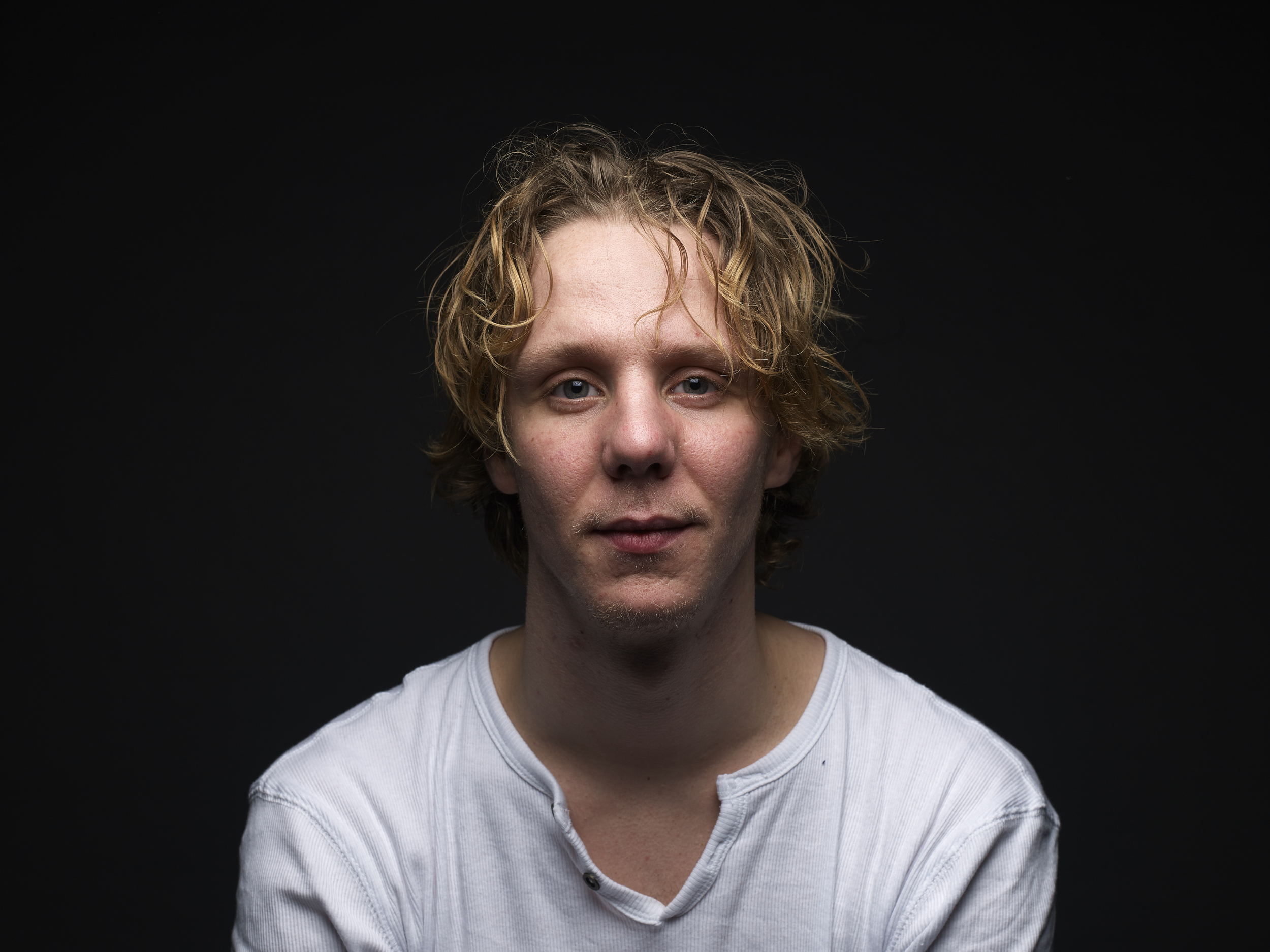
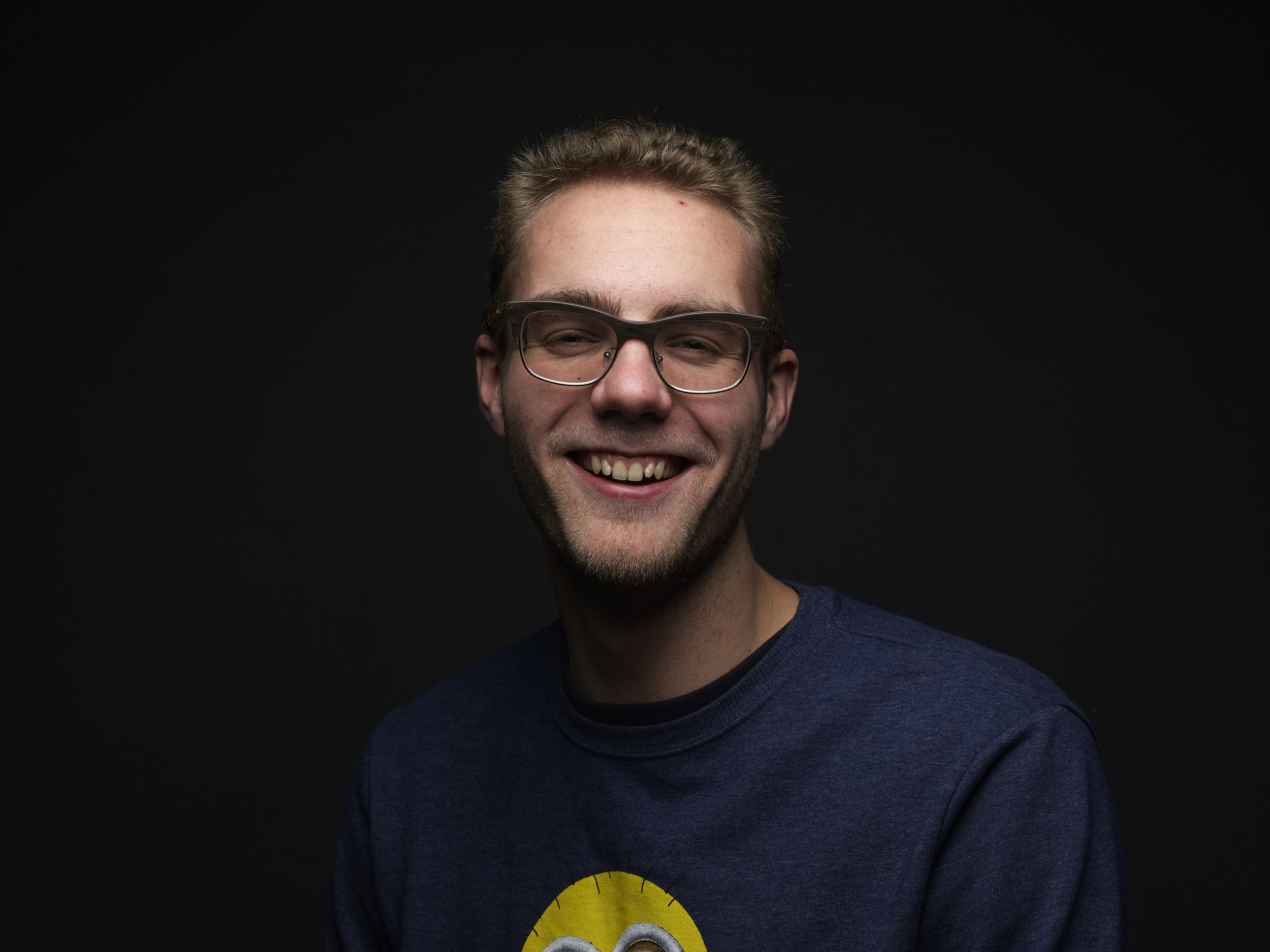

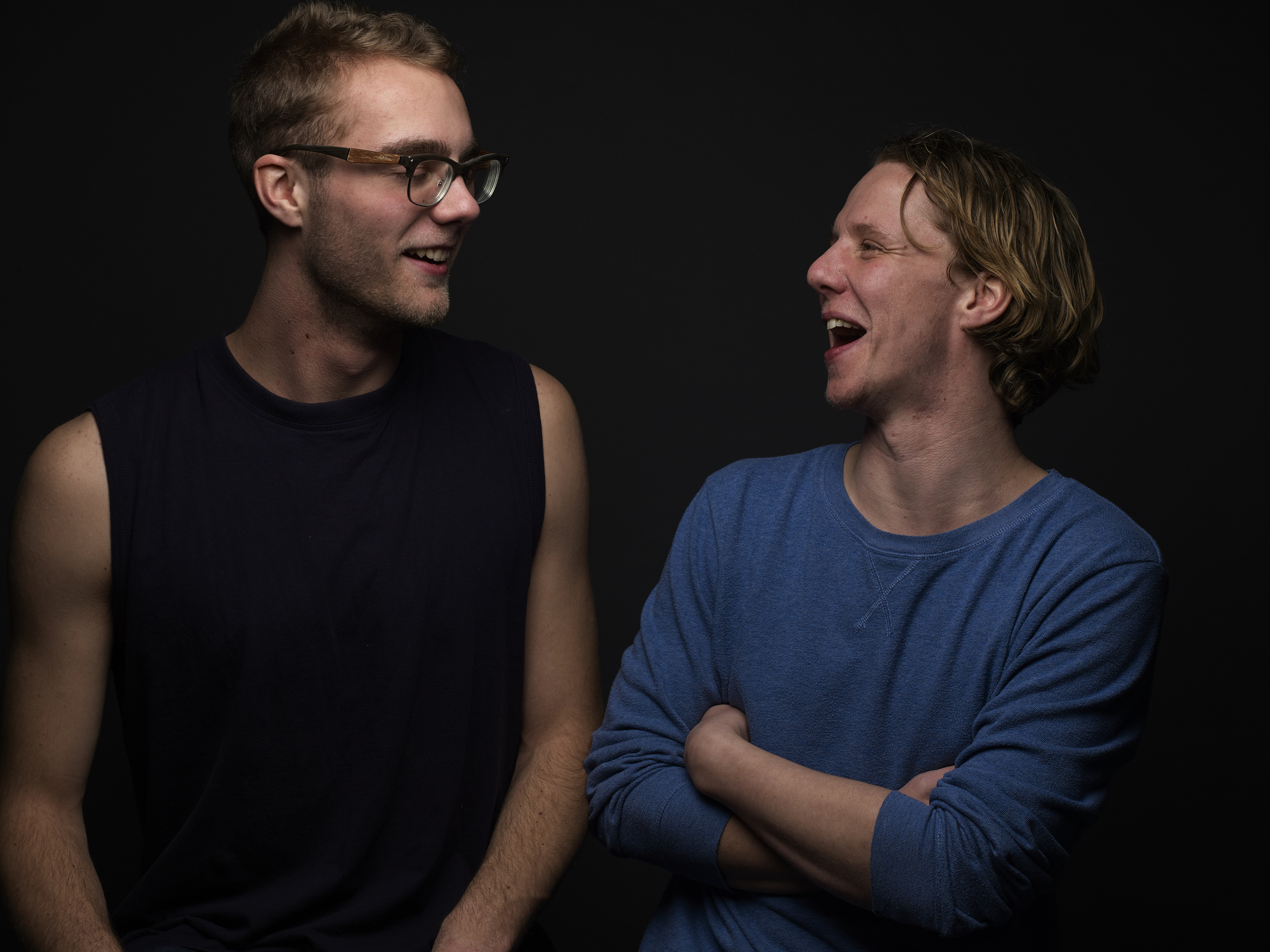
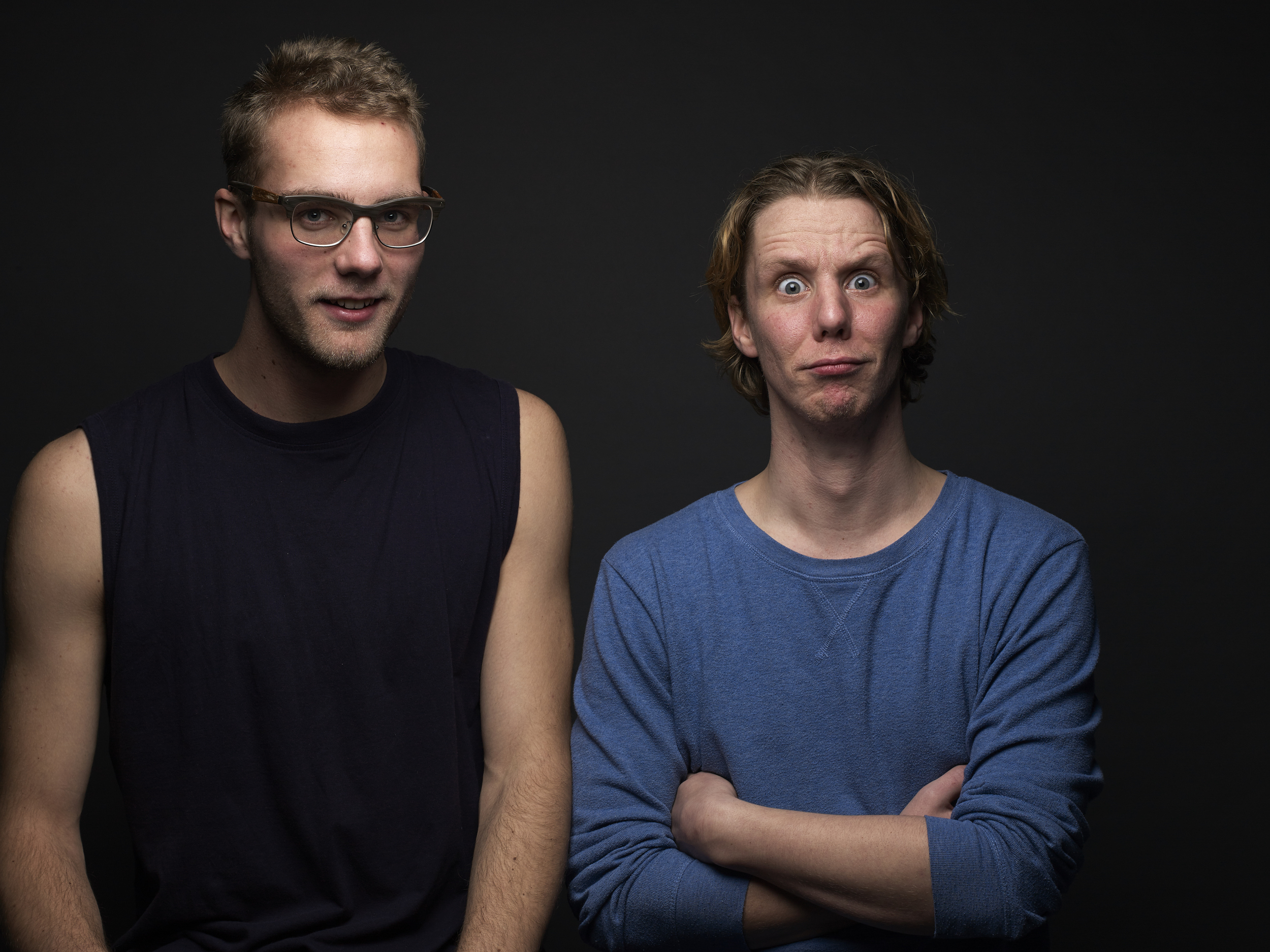
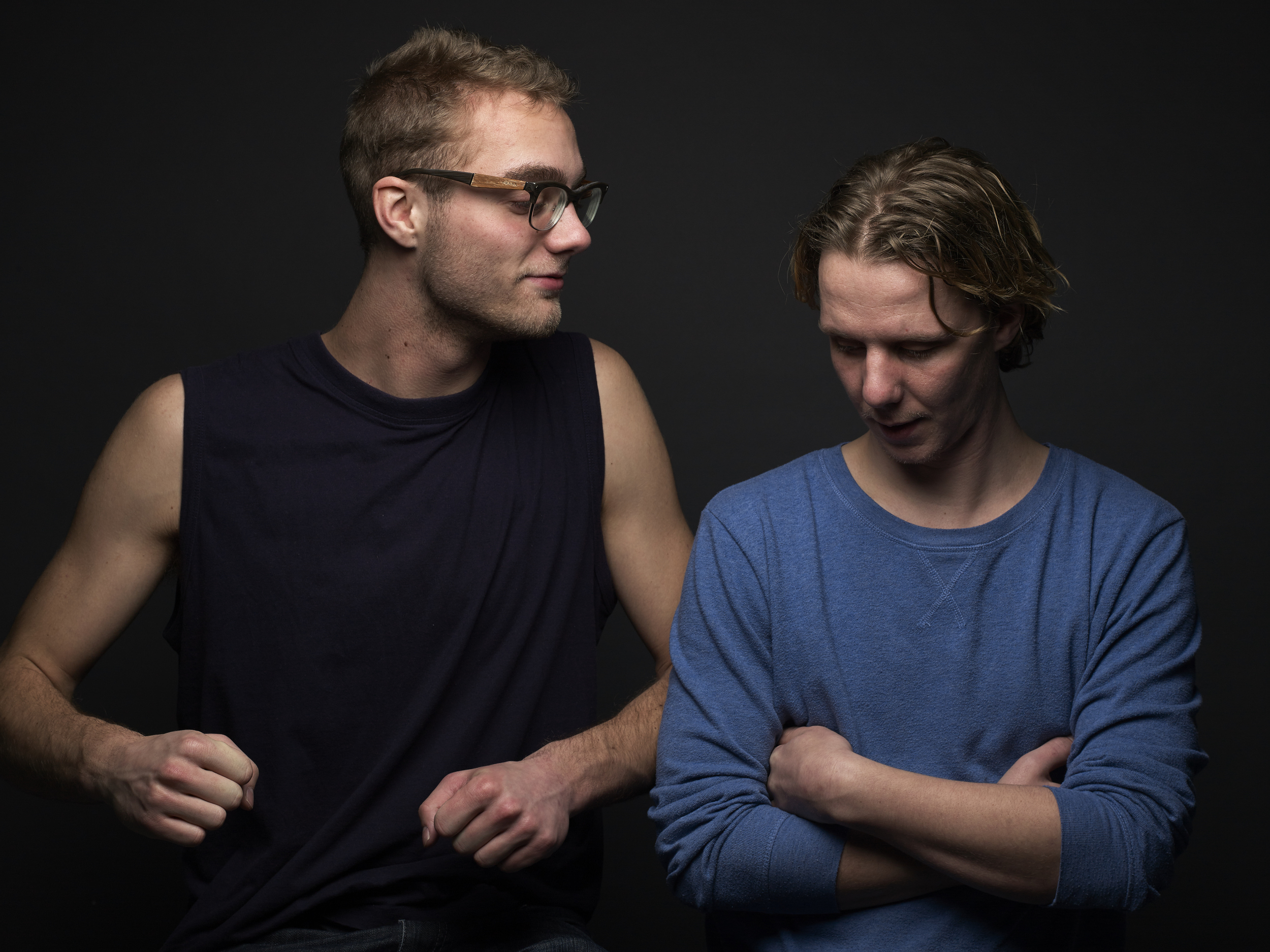
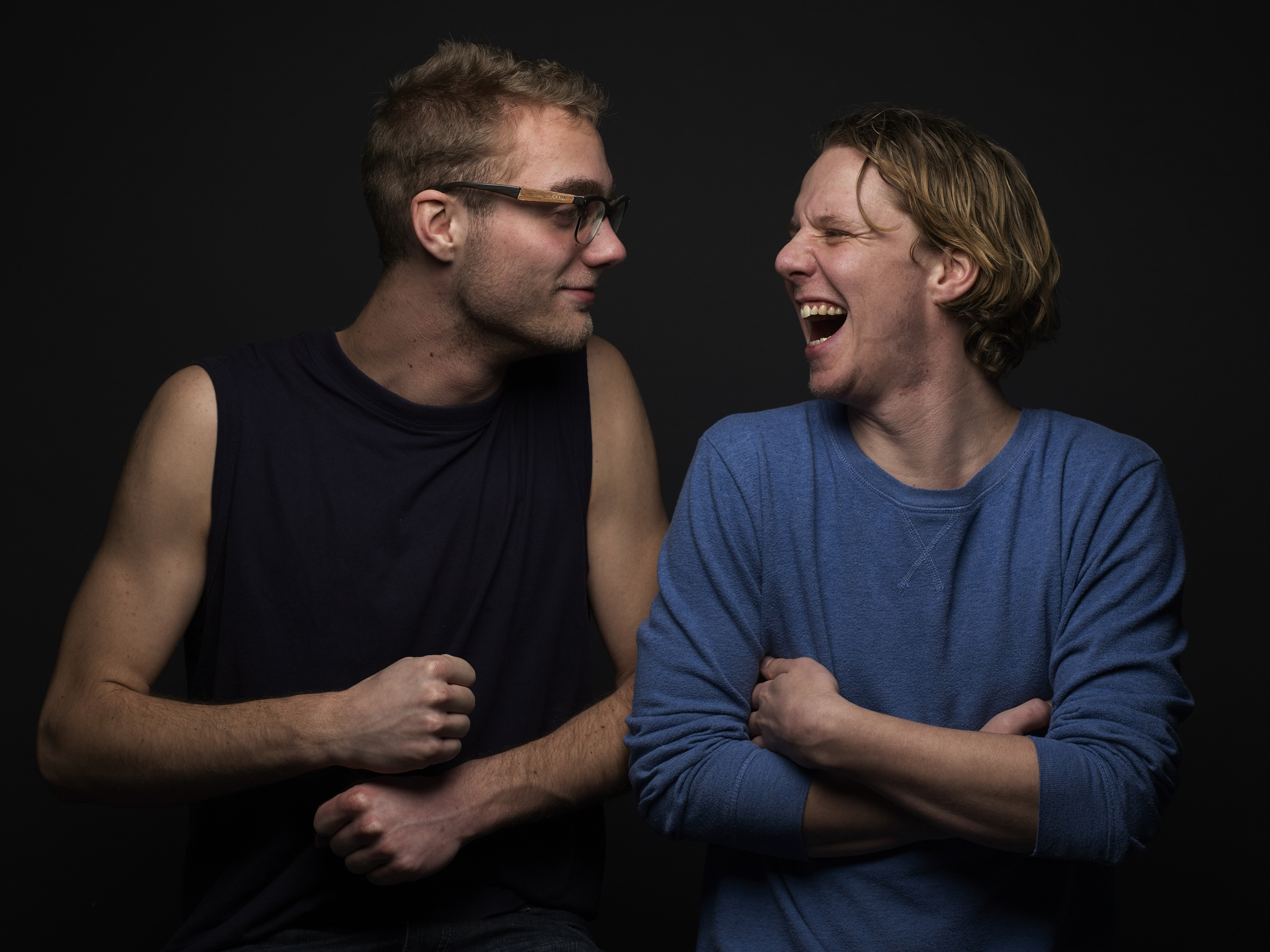
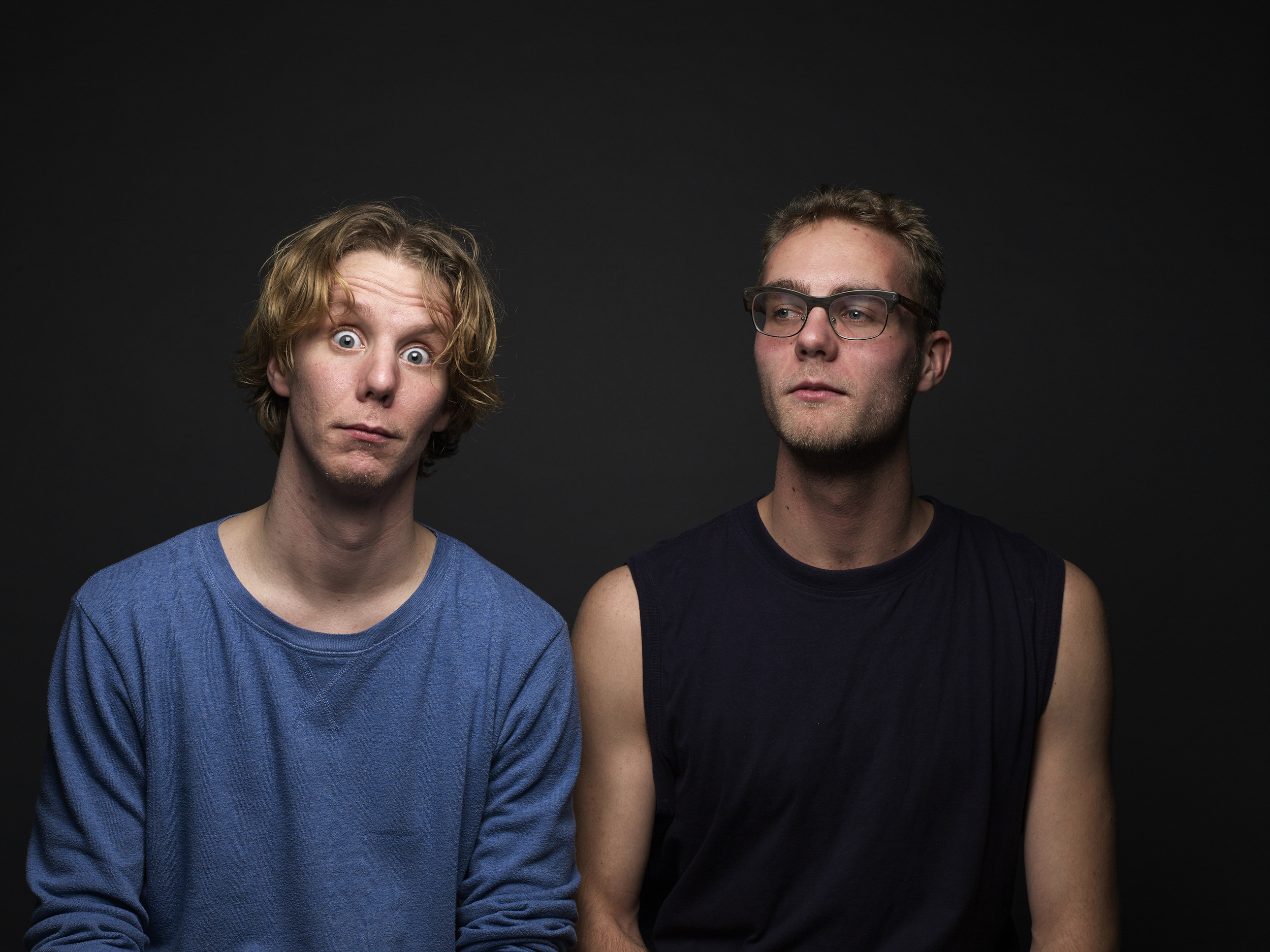
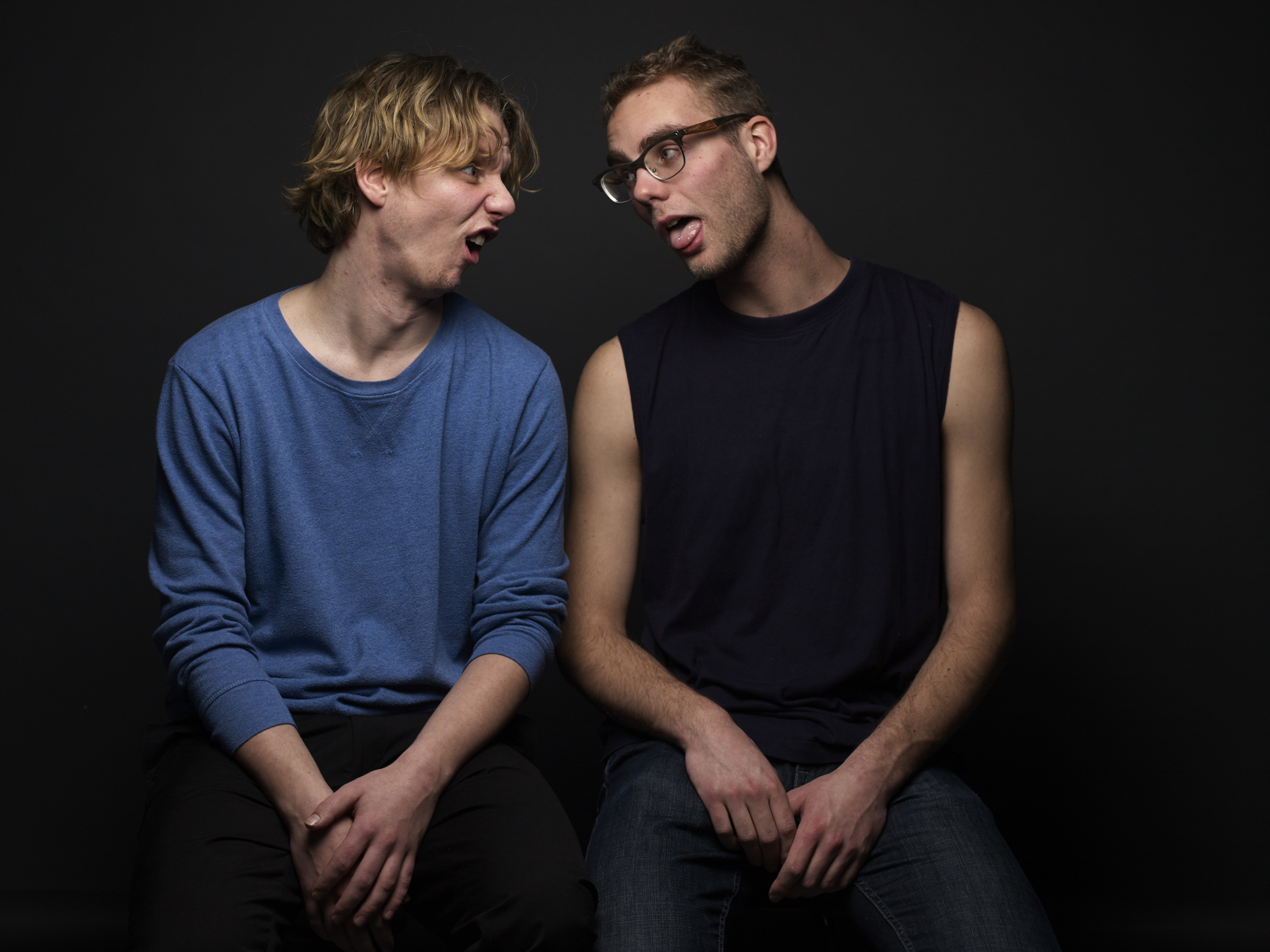
After the regular portraits we started with the dance portraits. We changed the light set-up to the Elinchrom Rotalux 150cm Deep Indirect Octa with a Elinchrom Quadra RX and the A-Head.
The Verdict
After the learning process I loved the images coming out of the Phase One P30+ Back with V-mout. But there are some cons working with the camera and back.
First the screen is really bad for a 8k+ camera back. Secondly I really disliked the cable from the lens to the back and then having to add another for triggering the flash. And lastly the focussing, although this is not the backs fold, but the body has to get a check-up. I had to slightly unfocus to get in focus.
What I liked was the old and relaxed feel of working with the camera and the image quality between ISO 100 and 400 is really lovely. The compression with working on medium format cameras is so nice!
So to finish it, will I buy it? Well no, I will keep working with my Hasselblad 500c/m but keep it analog with Kodak Tri-x, Tmax and Provia film! In the mean while I am going to save up for a digital medium Format camera this year!
FYI: All the editing was done in Capture One Pro 8 Only!
More reviews
For more blog on digitalbacks on the Hasselblad 500C/M and medium format camera's:
Analoog avontuur: Nikon FM
Ik heb het eerder deze week al even voor bij laten komen, één van mijn nieuwe liefde is mijn Nikon FM 35mm camera met de standaard 50mm F2.0 lens. Na de hype van de Nikon DF> leek het me leuk om een blog aan de inspiratiebron van de Nikon DF te wijden.
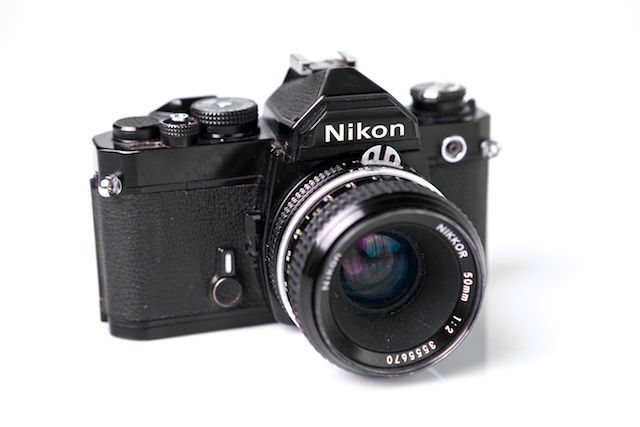
Hoewel het ontwerp van de Nikon DF geleend is van de FM serie zijn er grote verschillen, kijk alleen al naar het formaat. Trouwens genoeg over de DF, deze blog gaat over de FM. De FM is een volledig manueel instelbare camera. In tegenstelling van de FE en FG heeft de Nikon FM geen automaat standen. Wel heeft hij een licht meter ingebouwd.
Body
De body is relatief compact in tegenstelling tot de huidige Full Frame camera's. Alleen gaan er in plaats van CF kaartjes rollen 35mm film in. Verder bevat de camera alle knoppen die je nodig hebt.
Bediening
Bovenop zit links de film terugwind knop/slinger. Vervolgens de Hotshoe voor flitsers, De sluitertijd en ISO knop, de ontspanner en de doorwindhendel. Om batterijen te besparen wordt de lichtmeter pas actief als je de doorwindhendel een eerst stukje "open" draait. Mocht je batterij leeg raken kan je de camera nog steeds blijven gebruiken. Doe dat maar eens met je high-tech DSLR! Je kan dus met deze camera altijd werken, of het nu heet of ijskoud is! De licht meter was de eerste met het 80/20 principe.
Links onder de sluitertijd knop bevind zich nog een heel klein knopje, of eigenlijk is het een schuifje. Door deze schuif naar links te duwen voor het door draaien, kan je een multiple exposure shot maken. Oftewel je ontspanner wordt wel gespannen maar je film niet doorgeladen.
Sync
Naast de flitsschoen bevat de camera oom een pc-sync poort om flitsers aan te sluiten per kabel. De X-sync tijd is trouwens 1/125th wat heel snel is voor de tijd waar hij uit komt. Meestal was het maximale 1/60.
Film
In de camera gaat 35mm film waarmee je gemiddeld 36 foto's kunt maken. Zelf gebruik ik meestal Kodak Porta 160 of Kodak Tmax100 film.
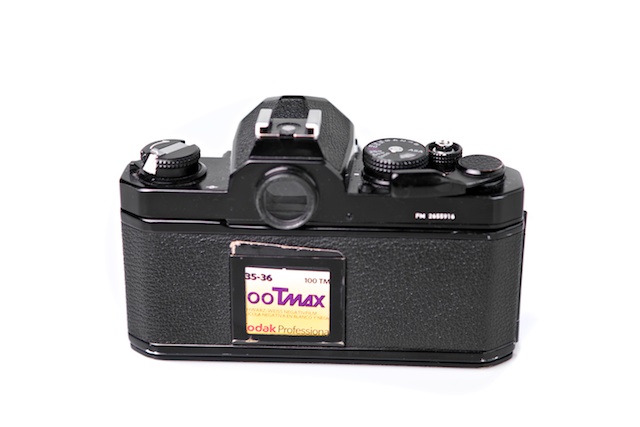
Hieronder staan enkele foto's gemaakt van Benjamin Herman met de Nikon FM en Kodak Tmax100 film en de YongNuo YN-560 en Westcott Apollo 28" softbox
Nieuwe Nik by Google filter: Analog Efex Pro
Goed nieuws voor de eigenaren van de Nik Collectie by Google. Ondanks sommige Nik dood verklaarde toen het opgekocht werd door Google, worden er gelukkig toch nog steeds nieuwe programma's en updates gedaan voor Nik software. De nieuwst aanwinst is Analog Efex Pro. Het doel van Nik Analog Efex Pro is het gecontroleerd recreëren van de oude film look. Het wordt dus een soort tegen hanger van de VSCO filters.
De eerste beelden zien er goed uit. Zodra ik het programma heb kunnen testen kom ik met een uitgebreide review!
Kijk voor meer informatie alvast hier
Analoog avontuur: vervolg
Vandaag weer een aantal scans binnen gehad van de afgelopen tijd. Altijd leuk, vooral als je zelf amper nog weet wat er ook al weer op stond. Sinds een paar maanden heb ik naast mijn Digitale kit ook altijd een aantal analoge camera's mee zoals de Nikon FM, Zenza Bronica ETRS en de Yashica-C.
Yashica-C
Onderstaand 3 foto's met de Yashica-C die ik hier al eens eerder besproken heb. Het blijft leuk hoe mensen reageren als je deze camera uit je tas haalt! Onderstaande foto is gemaakt tijden de FED shoot met Elise, Als afsluiting had ik er nog een paar met de Yashica geschoten. De Yashica-C foto is nu bij terugkomst gelijk favoriet. De gebruikte lamp is een Elinchrom BRX250 met de 100cm Rotalux softbox en ik heb Kodak T-Max100 film gebruikt.
De onderstaande foto's heb ik met de Yachica_C gemaakt in Amsterdam. Het zijn twee dubbele exposure foto's. Waarvan de onderste een happy accident is. Door de zwarte achterkant van de eerst foto is het nu net of zij op een vlot op de grachten drijft.



